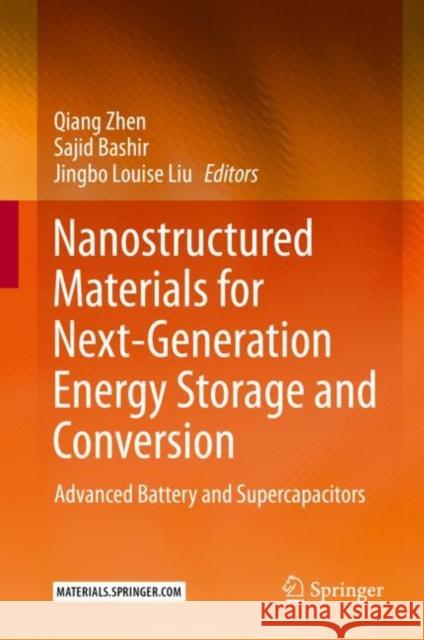Nanostructured Materials for Next-Generation Energy Storage and Conversion: Advanced Battery and Supercapacitors » książka
topmenu
Nanostructured Materials for Next-Generation Energy Storage and Conversion: Advanced Battery and Supercapacitors
ISBN-13: 9783662586730 / Angielski / Twarda / 2019 / 540 str.
Nanostructured Materials for Next-Generation Energy Storage and Conversion: Advanced Battery and Supercapacitors
ISBN-13: 9783662586730 / Angielski / Twarda / 2019 / 540 str.
cena 887,69 zł
(netto: 845,42 VAT: 5%)
Najniższa cena z 30 dni: 848,19 zł
(netto: 845,42 VAT: 5%)
Najniższa cena z 30 dni: 848,19 zł
Termin realizacji zamówienia:
ok. 22 dni roboczych
Bez gwarancji dostawy przed świętami
ok. 22 dni roboczych
Bez gwarancji dostawy przed świętami
Darmowa dostawa!
Kategorie:
Kategorie BISAC:
Wydawca:
Springer
Język:
Angielski
ISBN-13:
9783662586730
Rok wydania:
2019
Wydanie:
2019
Ilość stron:
540
Oprawa:
Twarda
Wolumenów:
01











